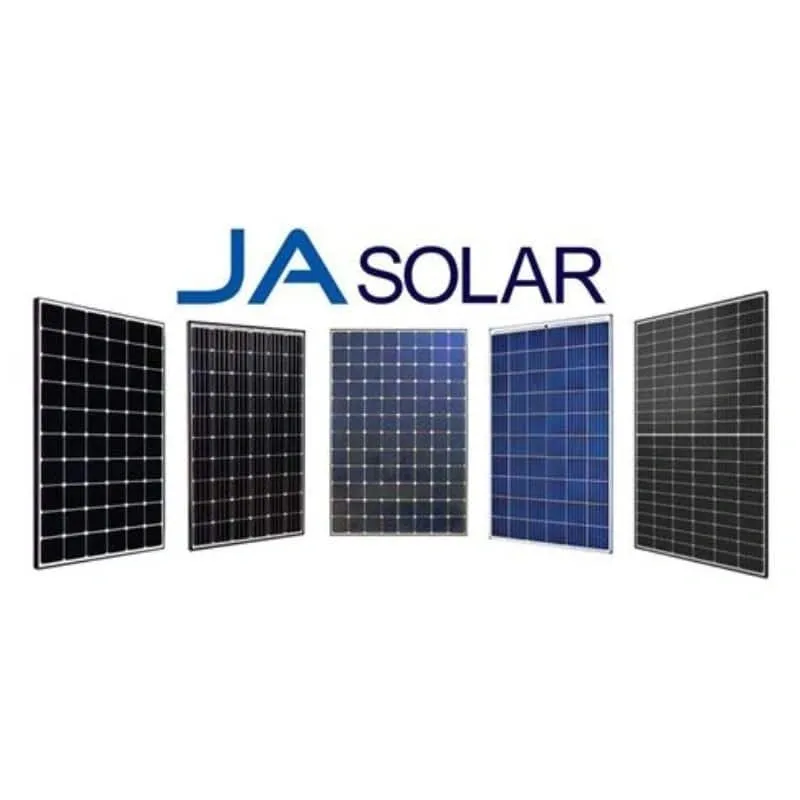When envisioning solar panels, many people picture the classic blue-black hue adorning rooftops. However, as solar technology continues to evolve, so do the aesthetic options available to homeowners. But do the colors of solar panels really matter, or are they merely a cosmetic consideration? Let’s delve into the topic to understand the implications of solar panel colors.
Aesthetic Appeal:
Traditionally, solar panels are dark-colored, typically featuring a blue or black tint. These colors are chosen not only for their practical properties but also for their ability to blend seamlessly with most roofing materials. The goal is to create a cohesive and visually appealing look that integrates solar panels into the overall architecture of a home.
Practical Considerations:
While aesthetics play a significant role, practical considerations also come into play when selecting solar panel colors. Here are some factors to consider:
1. Energy Absorption:The color of solar panels affects their energy absorption capabilities. Dark-colored panels, such as black, tend to absorb more sunlight and convert it into electricity more efficiently than lighter-colored panels. This is because darker colors absorb a broader spectrum of light wavelengths, including those used for solar energy conversion.
2. Heat Dissipation:Dark-colored solar panels may absorb more heat than lighter-colored panels, which could potentially affect their performance and longevity. However, modern solar panel materials and designs are engineered to dissipate heat effectively, minimizing any adverse effects on energy production.
3. Temperature Coefficients:The temperature coefficient of solar panels measures how their efficiency changes with temperature. While darker-colored panels may experience slightly higher temperatures, leading to a marginal decrease in efficiency, the difference is typically minimal and unlikely to significantly impact overall performance.
4. Regional Considerations:In regions with hot climates or intense sunlight, the color of solar panels may be a more significant factor to consider. Lighter-colored panels, such as those with a silver or white backing, may reflect more sunlight and help mitigate heat buildup, potentially improving performance in such environments.
5. Personal Preference:Ultimately, the choice of solar panel color often comes down to personal preference and aesthetic considerations. Some homeowners may prefer the sleek, modern look of black panels, while others may opt for lighter colors to blend harmoniously with their roofing material or architectural style.
Conclusion:
While the colors of solar panels may have both aesthetic and practical implications, the most crucial factor is their efficiency and performance. Regardless of color, high-quality solar panels can generate clean, renewable energy and help homeowners reduce their carbon footprint and energy bills.
At Fiesta Solar, we offer a range of solar panel options to suit your needs and preferences, whether you prioritize efficiency, aesthetics, or both. Our team of experts can guide you through the selection process and help you choose the best solar solution for your home. Contact us today to learn more about our solar panel offerings and start harnessing the power of the sun in style. #FiestaSolar #SolarPanels #Aesthetics #Efficiency 🌞🎨💡


Comments are closed